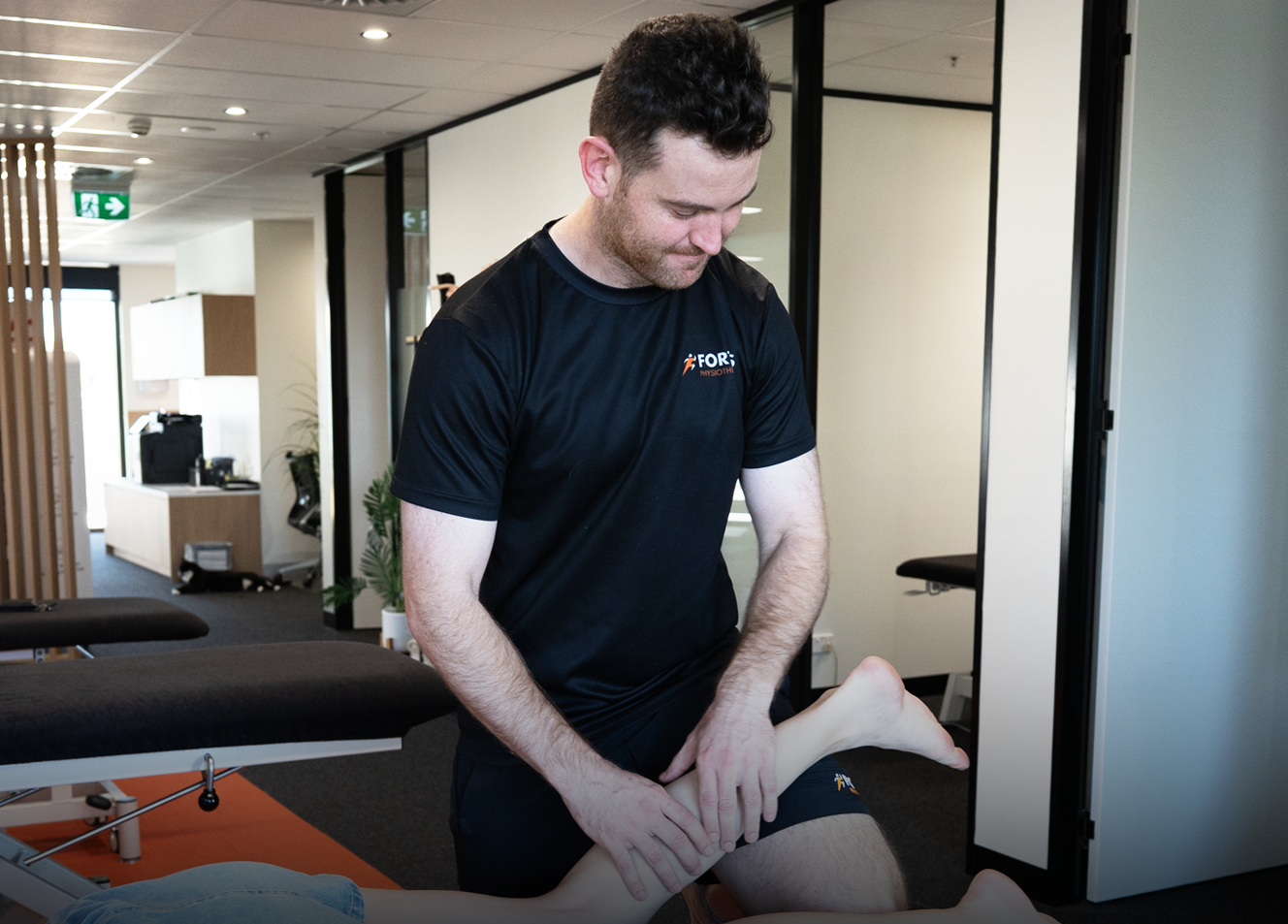Rethinking Achilles Tendon Rupture Management: Dynamic, Functional Recovery Over Surgery?
The Achilles tendon is the most frequently ruptured tendon in the body, and the incidence is on the rise—especially in the active adult population. For decades, the treatment debate has centered around operative versus nonoperative care, with surgery long considered superior due to lower re-rupture rates.
But the conversation is shifting.
Surgery Isn’t Always Better
While surgical repair has traditionally been favored, it comes with a high complication rate—reported as high as 34%, including infection, wound problems, and symptomatic deep vein thrombosis (DVT). Earlier studies emphasized re-rupture rates as the primary outcome measure, often overlooking functional recovery, which is what matters most to patients aiming to return to sport or work.
In 2019, a systematic review of over 15,000 patients challenged old assumptions. When non-operative treatment was combined with accelerated functional rehabilitation, re-rupture rates were comparable to those seen with surgery—just a 1.6% risk difference. Meanwhile, complications were 3.3% higher in surgical patients.
What Is Functional Rehabilitation?
Functional or “dynamic” rehabilitation involves immediate ankle movement and full weight-bearing post-injury. This approach encourages collagen fibers to align properly, enhancing the healing and remodeling of the tendon.
In short: patients move early, weightbear early, and avoid the complications of surgery—with comparable outcomes.
The Leicester Achilles Management Protocol (LAMP)
A standout in the functional rehab space is the Leicester Achilles Management Protocol (LAMP), a protocol that has been used in the Fortis clinic and is having great outcomes! The LAMP approach combines:
● Immediate full weight-bearing
● Use of a VACOped boot - a specialised boot that controls range of movement at the ankle, allowing the Achilles tendon to heal in the correct position by holding both ends of the tendon together.
● Gradual return to normal footwear
The University Hospitals of Leicester NHS Trust (UHL) pioneered the use of the VACOped boot in 2011. Since 2014, over 1,100 patients have been managed through a dedicated physiotherapy-led clinic, with 96.7% of patients treated non-surgically.
Using the LAMP alongside the VACOped boot has led to:
● A remarkably low re-rupture rate of 1.6% per annum
● The majority of patients regaining over 85% of pre-injury function within a year ● A safe, cost-effective alternative to surgical repair
The LAMP protocol uses an 8 week timeframe to slowly reintroduce ankle movement and encourage supported tendon lengthening.
Week 0–4:
● VACOped locked in 30° plantarflexion
● Immediate full weight bearing encouraged
Week 4–6:
● VACOped dynamised to 15–30° plantarflexion
● Controlled ankle motion introduced
● Continue full weight bearing
Week 6–8:
● VACOped dynamised to 0–30° plantarflexion
● Maintain weight bearing
Week 8-10:
● Boot weaning process
● Indoors: Return to wearing supportive shoes with a high heel lift and ensure one 20-minute walk each day
● Outdoors: Boot with no range restriction
● No barefoot walking or unstable footwear (e.g. thongs) during weeks 8-10 ● Transition to low heel lift in shoes at week 9, remove by week 10
● VACOped no longer needs to be worn to bed
● VACOped completely removed by week 10
Enhancing Recovery: Tools and Progression
From Week 2-12, tools like Blood Flow Restriction Training (BFRT) and Neuromuscular Electrical Stimulation (NMES) can support muscle activation and tendon remodeling. These enhance early recovery, particularly when heavy loading isn’t possible. Both of these modes of therapy are available during your rehabilitation with Fortis Physiotherapy.
Return to Run & Jump Criteria - Week 10-12
To progress to returning to running and jumping after week 10 of rehabilitation, patients should meet several clinical and functional benchmarks. At Fortis we use our VALD performance testing systems to objectively assess strength, limb symmetry, and functional readiness to progress you safely through rehabilitation milestones.
● Dorsiflexion within 5° of uninjured side
● Strength >70–80% of the uninjured side
● Normal gait without heel lift
● Pain-free during and after exercises
● 5 single-leg calf raises at 90% available heel raise height
● 20 seated calf raises at 50% body weight
● Plyometric exercises should be tolerated for a minimum of two weeks prior to running Return to Sport
Return to sport following completion of the LAMP protocol is guided by functional performance rather than time alone. Athletes must demonstrate adequate strength, endurance, and control, with a particular focus on plantarflexion strength, single-leg heel raise capacity, and movement mechanics.
Objective criteria include achieving:
● 1.5–2.0 times body weight in seated isometric plantarflexion
● 10 single-leg heel raises through full range of motion, and
● Good control in single-leg squat tasks.
Meeting these benchmarks ensures that the tendon has regained sufficient stiffness and neuromuscular control to safely handle the demands of sport. A study involving 442 patients treated with the LAMP protocol found that 88% of patients returned to sport at a mean of 10.6 months post-injury, with some returning as early as 6 months. The LAMP protocol rehabilitation guides suggest that providing the above criteria has been achieved, safe, graded return to play can begin from week 24 post injury. These results are comparable to return to sport rates post surgery, which are reported to be 77.3%.
The Bottom Line
Modern non-operative management with accelerated functional rehab offers:
● Comparable re-rupture rates
● Fewer complications
● Faster return to function
● A practical pathway for both athletes and active individuals
The era of immobilization and default surgery may be behind us. Instead, with protocols like LAMP, patients can achieve excellent functional outcomes—without going under the knife.

